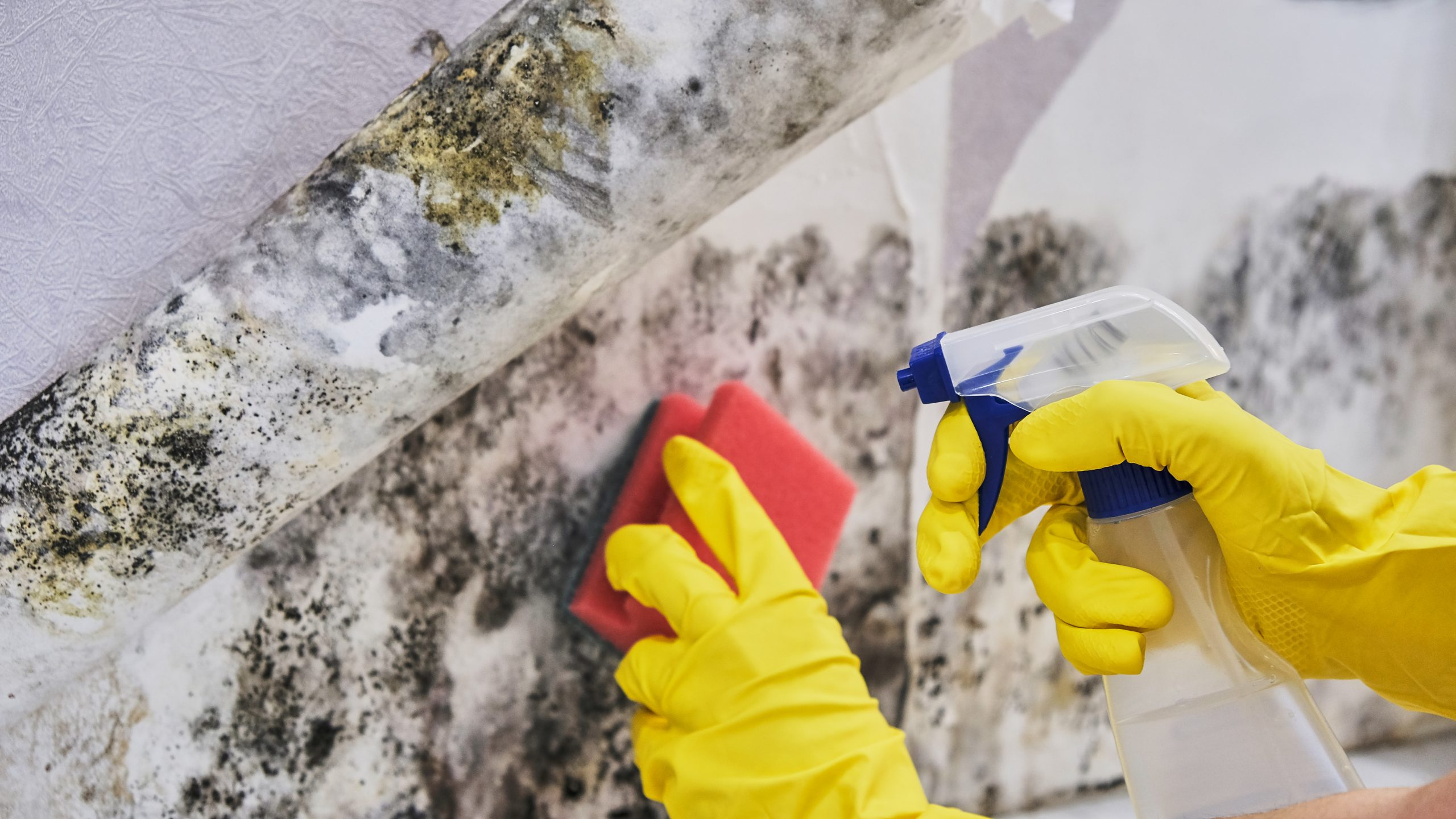
The rainfall generated by the El Nina weather system has given homeowners many challenges, from plugging roof leaks and finding sunny days to mow the lawn to battling ugly, furry mould that suddenly appears on walls and ceilings.
Many cases of mould can be attributed to the damp weather and lack of ventilation throughout the home. Usually, they’re easily fixed with a commercial anti-mould product and opening windows to ensure decent airflow.
Recent rains, however, may have brought to the fore a more serious mould issue, which will require the attention of specialists.
One of the most severe problems is rising damp, which is common in older brick homes where the original damp course has broken down or was never installed.
Mould will grow on the walls, damage mortar, cause wall paint to flake and create an unpleasant odour.
It also releases mycotoxins and allergens. Long periods of exposure are unhealthy, with children and the elderly particularly vulnerable.
As an experienced agency in your area, we’ve worked with clients who needed to fix mould before placing their homes on the market. Resolving the issue makes sense as damp will potentially affect you’re selling price.
Below are some tips to fix and keep mould at bay. We hope you find them useful.
Don’t take risks
Call in experts if you think you’ve got black mould. Called Stachybotrys Chartarum, it’s a dangerous fungus found in bathrooms, bedrooms and even behind couches. Please don’t touch it, as you will release harmful spores into the air.
Protection priority
Before undertaking any remedial work, wear protective goggles, rubber gloves and a face mask. Open nearby windows but close doors to stop spores from drifting into the other rooms. Any affected furnishings and soft toys should be hand-washed.
Wet spots
Double-check your bathroom, laundry and under the kitchen sink. Poor ventilation is the likely cause of any problems. Be vigilant in wiping down these areas as part of your normal cleaning regime.
Cleaning up
You can use a commercial product, mix water with detergent, or make a bleach-water solution in a 1:4 mix. Dip a rag in your solution and wipe the affected area clean. Once finished, wipe with a dry cloth. Don’t use a brush as this agitates spores.
Mind the gap
Walk through your home and look for areas that might be letting moisture into your home. Windows and sills are common problem areas. Plug any gaps with a basic silicone sealant.
Perimeter check
Broken water pipes and poor drainage can cause mould indoors. So, walk around your home to see if you can spot any unduly wet areas. If so, call a plumber immediately.
Tech help
If you’re still worried about dampness, you can buy a humidity gauge at a plumbing supplier or hardware store. A healthy reading is humidity between 30-60%.
Let it flow
To minimise dampness, keep your internal doors open as much as possible. On dry days, open windows to create an airflow through the home. It’s also a good idea to rearrange furniture placed against walls.
